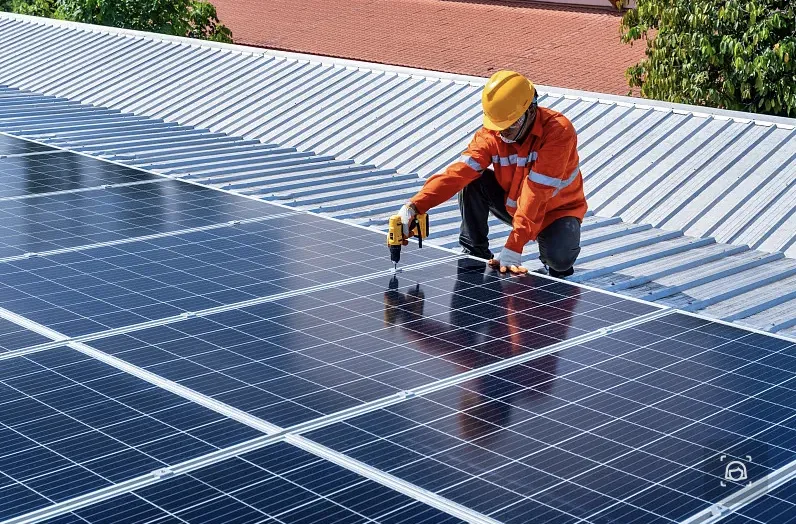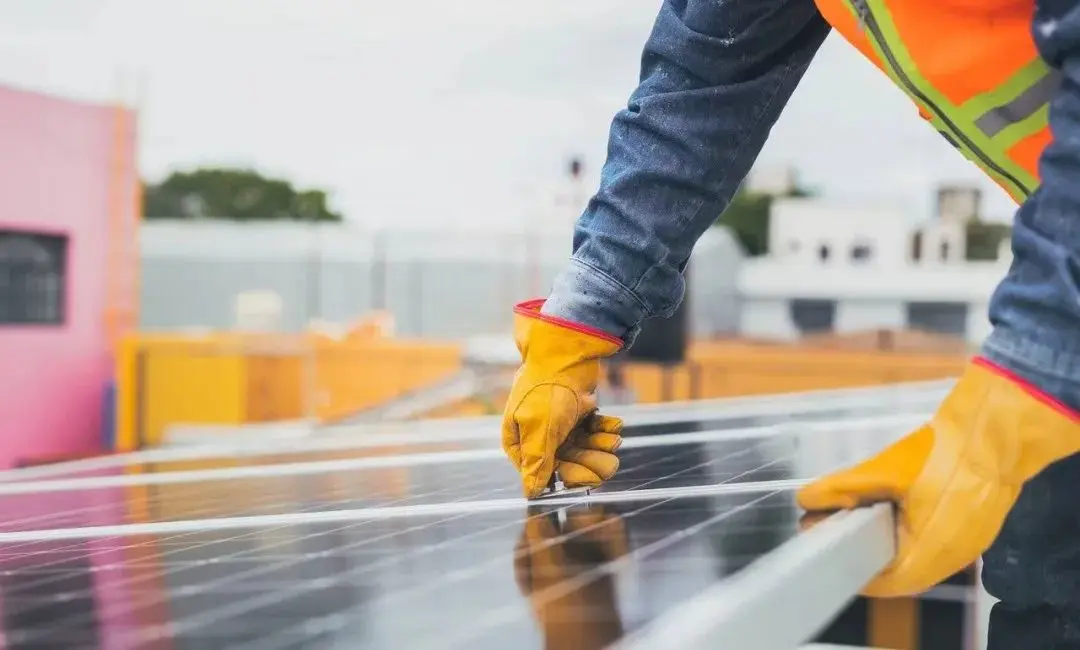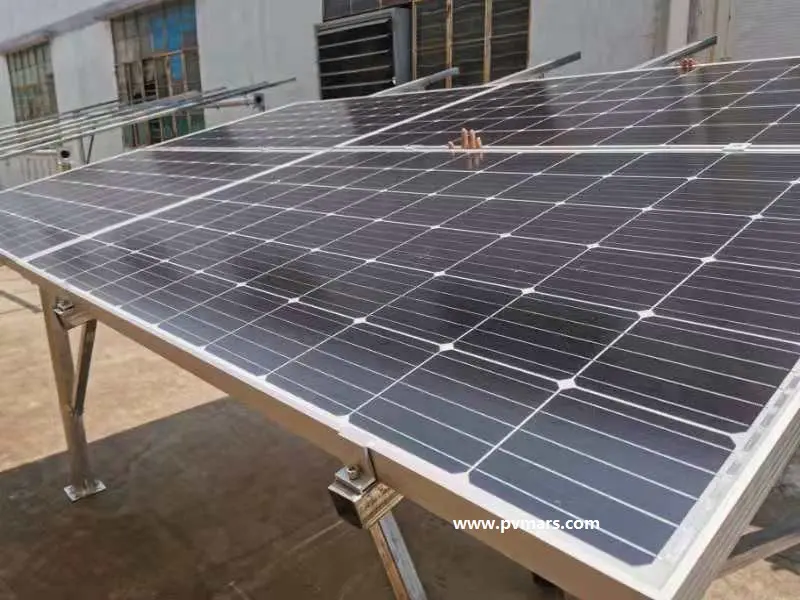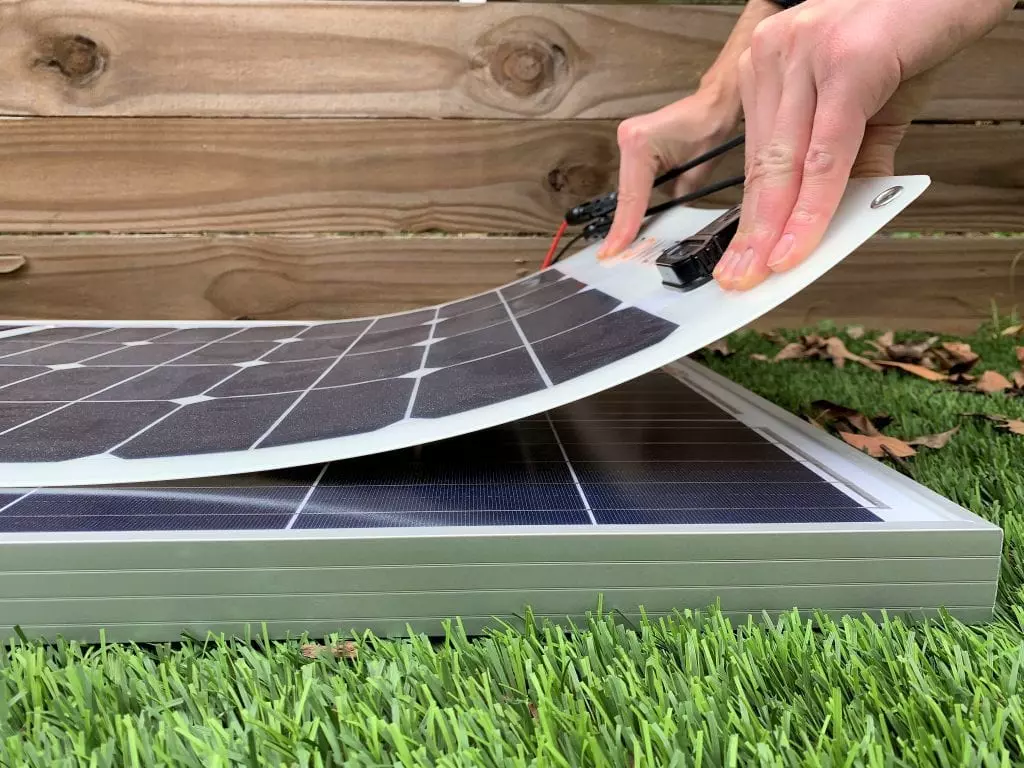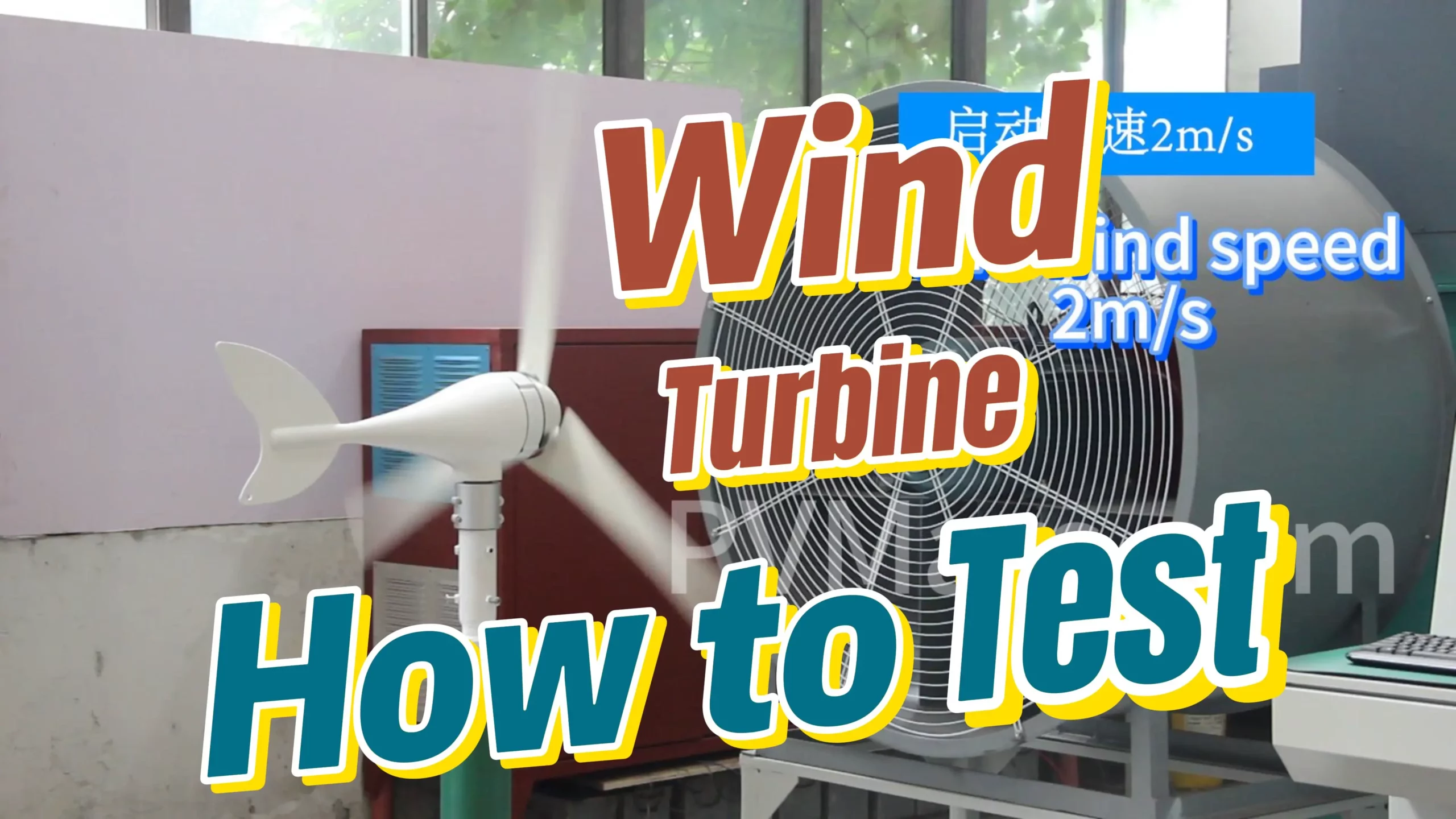The lithium battery manufacturing process will directly affect your experience and after-sales costs.
This article gathers dozens of lithium battery production experts for the top 10 problems and solutions when manufacturing batteries.
If you also want to invest in or establish a lithium battery production workshop, then read this article.
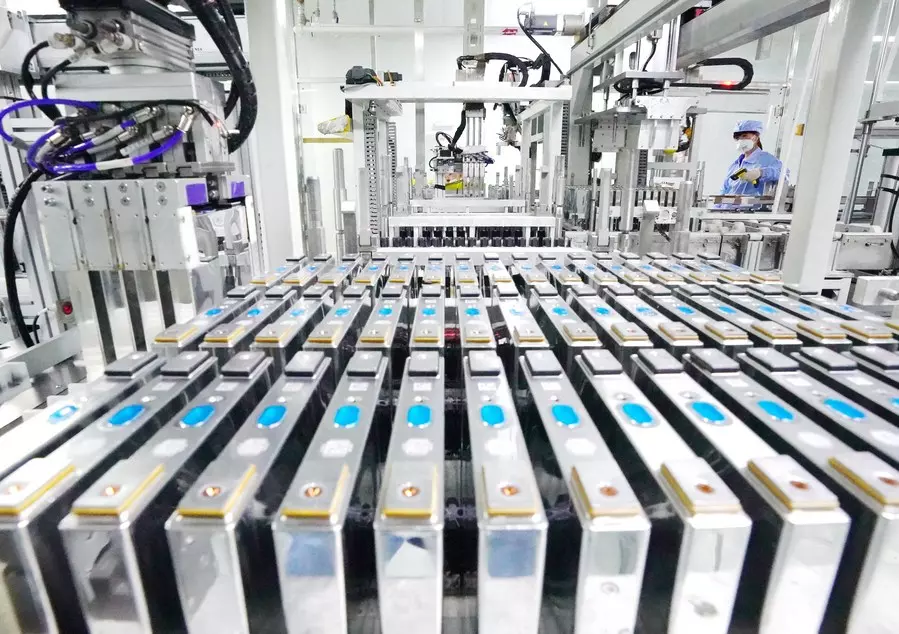
1-What causes the pinholes in the negative electrodes of lithium batteries?
The appearance of pinholes should be caused by the following factors:
- The foil material is dirty
- Conductive agent is not dispersed
- Main material of the negative electrode is not dispersed
- There are impurities in some ingredients in the formula
- Conductive agent particles: uneven, difficult to disperse
- Uneven negative electrode particles, difficult to disperse
- There are quality problems with the formula and material itself
- Stirring pot is not cleaned, resulting in dry powder residue in the pot.
About the dark spots on the diaphragm. The black spot is caused by the local high temperature in the separator caused by battery polarization discharge.
The negative electrode powder is bonded to the separator. Polarization discharge is due to material and process reasons, and there is active material attached to the battery core.
Resulting in a polarized discharge after charging.
To avoid the above problems, it is necessary to first use a suitable mixing process to solve the bonding between the active material and the metal collective.
In addition, it is necessary to avoid artificial de-powdering in battery plates and battery assemblies.
Added some additives that do not affect the battery’s performance. The coating process can indeed improve pole piece performances.
Of course, adding these ingredients to the electrolyte can consolidate it.
The local high temperature of the diaphragm is caused by the pole piece inhomogeneity.
Strictly speaking, it is a micro-short circuit. The micro-short circuit will cause local high temperatures and may remove the powder.
2-What are the reasons for the battery's excessive internal resistance?
lithium battery manufacturing process:
1-Hardly any conductive agent in the positive electrode ingredients. The conductivity between materials is not high, because the conductivity of lithium and cobalt itself is very poor. — So PVMars chose LFP as an active material.
2-Too much binder in positive electrode ingredients. — Binders are generally polymer materials with strong insulation properties.
3-There is too much binder in the negative electrode ingredients. — Binders are generally polymer materials with strong insulation properties.
4-Ingredients are unevenly dispersed.
5-Binder solvent is not complete during batching. (Not completely soluble in NMP and water)
6-The design for the coating drawing surface is too large. (Large ion migration distance)
7-The compaction density is too high, and the roller compaction is too tight. (Rolling is too dead, and some active material structures are destroyed)
8-Positive tabs are not welded firmly, and false welds appear.
9-Welding or riveting of the negative tab is weak, as well as the welding and desoldering.
10-Winding is not tight and the winding core is loose. (Increase the distance between the positive and negative plates).
11-Welding between the positive ear and the shell is loose.
12-The welding of the negative electrode lug and the pole is weak.
13-Battery baking temperature is too high and the diaphragm shrinks. (diaphragm pore size shrinks)
14-Amount of liquid injection is too small (the conductivity decreases, and the internal resistance increases rapidly after cycling!)
15-The shelf time after liquid injection is too short, and the electrolyte is not fully infiltrated
16-Not fully activated during formation.
17-Too much electrolyte leakage during formation.
18-Moisture control in the production process is not strict, and the battery expands.
19-The battery charging voltage is set too high, resulting in overcharging.
20-Battery storage is unreasonable.
lithium battery manufacturing materials:
21-Positive electrode material has high resistance.
22-Effect of diaphragm material. (diaphragm thickness, small porosity, small pore size)
23-Electrolyte material influence. (small conductivity, high viscosity)
24-The influence of PVDF as a positive material. (a large amount or a large molecular weight)
25-Influence of positive electrodes on the conductive material. (poor conductivity, high resistance).
26-The influence of positive and negative tab materials. (thinness, poor conductivity, uneven thickness, poor material purity)
27-Copper foil, and aluminum foil material has poor conductivity or oxides on the surface.
28-Internal resistance of the riveted contact of the cover plate pole is relatively large.
29-Negative electrode material has high resistance. Other aspects
30-The internal resistance test instrument deviation.
31-Human manipulation.

3-The electrode sheet is not evenly coated. How to solve it?
This problem is relatively common and easy to solve.
However, many coating workers are not proficient at summarizing, resulting in the phenomenon that some existing problems are considered normal by default.
PVMars discovered these problems, summarized and adjusted them, and standardized the entire lithium battery production chain through German 5S technology. Improved product quality now and in the future.
First of all, it is necessary to be aware of the factors that affect the surface density and the factors that affect the stable value of the surface density. This is so that the problem can be addressed directly.
Factors that affect the coating area density are:
1-Factors of the material themselves
2-Formula
3-Stir the mixture
4-Coating the environment
5-Knife edge
6-Slurry viscosity
7-Electrode travel speed
8-Surface levelness
9-Coating machine precision
10-Oven power
11-Coating tension, etc…
Factors affecting pole piece uniformity:
1-Slurry quality
2-Slurry viscosity
3-Walking speed
4-Foil tension
5-Tension balance method
6-Coating traction length
7-Noise
8-Surface flatness
9-Knife edge flatness
10-Foil flatness, etc…
The above is just a list of some factors. Specific reasons must be analyzed by real, and the factors that cause abnormal surface density should be eliminated and targeted.
4-Aluminum foil and copper foil are utilized for the current collectors of the positive and negative electrodes respectively. Is there any special reason?
1-Both of them are used as current collectors because they have high conductivity and a soft texture (this is also conducive to bonding), and they are relatively common and cost-effective.
At the same time, a protective oxide layer can be formed on both surfaces.
2-The oxide layer on the copper surface is a semiconductor, and the electrons are conductive.
Oxide layer is too thick and has a large impedance, while the oxide layer on the aluminum surface is an insulator.
The oxide layer cannot conduct electricity, but because it is very thin, it realizes electronic conduction through the tunnel effect.
If the oxide layer is thicker, the aluminum foil conductivity will be poor, or even insulated.
Generally, it is advisable to clean the current collector surface before use. On the one hand, it can remove oil stains and remove the thick oxide layer.
3-The positive potential is high, and the thin aluminum oxide layer is very dense, which prevents oxidation in the current collector. Copper foil oxide layer is loose.
In order to prevent its oxidation, it is better to have a lower potential. At the same time, Li cannot form a lithium intercalation alloy with Cu at a low potential. Lithium intercalation occurs in copper.
AL foils cannot be used as negative electrodes, and LiAl alloying occurs at low potentials.
4-The current collector requires pure components. AL’s impure composition will lead to a compact surface film and pit corrosion.
Even damage to the surface film will lead to LiAl alloy formation.
Copper mesh is cleaned with bisulfate, washed with deionized water, and baked.
Aluminum mesh is cleaned with ammonia salt, washed with deionized water, and baked. The spray mesh has excellent conductivity.
5-When we test the short circuit of the winding core, the battery short circuit tester we use can accurately test the short circuit battery when the voltage is high. Also, what is the high voltage breakdown principle of the short circuit tester?
In measuring battery cell short circuit voltage, these factors are taken into account:
1-Your company’s technical level
2-The battery’s structural design
3-Battery diaphragm material
4-The battery’s purpose
Different companies use different voltages, but many companies use the same voltage regardless of model size and capacity.
The above factors can be arranged in order from heavy to light: 1>4>3>2, that is to say, your company’s lithium battery manufacturing technological level determines the short-circuit voltage.
Simply put, the principle of breakdown is that if there are some potential short-circuit factors between the pole piece and the diaphragm, such as dust particles, large diaphragm holes, burrs, etc. We can call it a weak link.
At a fixed, higher voltage, these weak links make the resistance of the contact between the positive and negative electrodes smaller than in other places.
It is easy to ionize the air to generate arcs or the positive and negative electrodes have been short-circuited, and the contact points are small.
Under certain conditions, a large current passes through these small contact points instantly. The electric energy is instantly converted into heat energy, causing the diaphragm to melt or break down immediately.
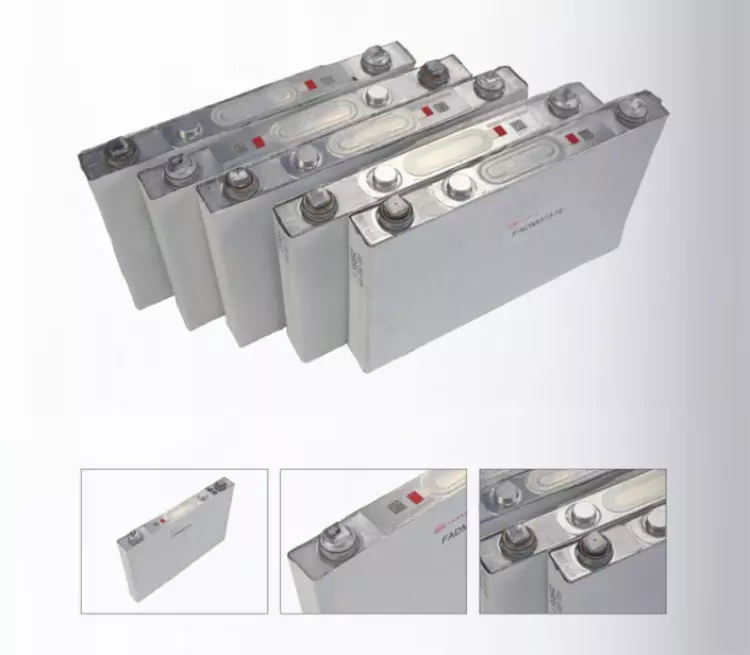
6-How does the size of the particle affect the discharge current?
Make it easy, the smaller the particle size, the better the conductivity, and the larger the particle size, the worse the conductivity.
High-magnification materials are generally high-structured small particles with exceptional conductivity.
Only a theoretical analysis, and how to apply it in practice can only be explained by people who do materials.
It’s very difficult to improve the conductivity of materials with small particle sizes, especially nano-scale materials, and materials with small particles are compacted.
It will be relatively insignificant, that is, the volume capacity is insignificant.
7-Our positive and negative pole pieces rebounded by 10um after being baked for 12 hours and stored for one day. Why is there such a large rebound?
There are two important influencing factors: material and process.
1-Material’s performance determines the rebound coefficient and various materials have different rebound coefficients. The same material, and various formulas, have different rebound coefficients.
2-If the flow of the process is not well controlled, it will also cause rebounding. Storage time, temperature, pressure, humidity, accumulation method, internal stress, equipment, etc.
8-How to solve the leakage problem of a cylindrical lithium battery?
The cylinder is closed, formed, and sealed after liquid injection. Therefore, sealing becomes the difficulty of cylindrical sealing. At present, there are several methods for sealing cylindrical batteries:
1-Laser welding seal
2-Sealing ring
3-Glue seal
4-Ultrasonic vibration sealing
5-A combination of two or more of the above sealing types
6-Other sealing methods
Leakage causes:
1-Inadequate sealing causes liquid leakage. Usually, the seal is deformed and contaminated, which is due to poor sealing.
2-The seal’s stability is also a factor. This means that the inspection is qualified when sealing, but the seal is easily damaged, resulting in liquid leakage.
3-Gas is produced during formation or testing, reaching the maximum stress the seal can withstand, impacting the seal, and causing liquid leakage.
Difference with the second point is that refers to the leakage of defective products. The third point refers to the destructive type of leakage. This means the seal is qualified, but the internal pressure is too high to damage the seal.
4-Other ways of leakage.
Specific solution depends on the leakage causes. As long as the cause is found, it is easy to solve it. The difficulty lies in finding the cause.
Because the cylinder sealing effect is difficult to test, and most of them are destructive types, used for random inspection.

9-When we did experiments, the electrolyte was always in excess. If there is no overflow, will the excess electrolyte affect the battery's performance?
There are several situations.
1-Electrolyte is just right
2-There is a slight electrolyte excess
3-A large excess of electrolytes, but it has not reached the limit
4-There is a large excess of electrolytes, which is close to the limit
5-It is full to the limit and can be sealed
First case is ideal and there is nothing wrong with it.
In the second case, slight excess is sometimes a precision problem, and sometimes it is a design problem. Generally, the design is too much.
Third case, there is no problem, just a waste of money.
The fourth situation is more dangerous. During use or testing, the electrolyte will decompose and release some gas; the battery will heat up and expand; and the battery will become liquid, increasing the safety hazard.
Fifth situation is actually an enhanced version of the fourth situation, and the danger is even greater.
In an attempt to exaggerate further, liquid can also be used as a battery.
That is, the positive and negative electrodes are inserted into a container containing a large amount of electrolyte (for example, a 500ML beaker).
At this time, the positive and negative electrodes can be charged and discharged. This is also a battery, so the excess electrolyte here is not a little bit. Electrolytes are only conductive mediums.
However, the battery volume is limited. Within the limited volume, it is natural to consider space utilization and deformation.

10-If the amount of liquid injected is too small, will the battery shell bulge after division?
It depends on how little fluid is injected.
1-If the battery cell is completely soaked in the electrolyte, but there is no residue, the lithium battery manufacturing will not bulge after its capacity is divided.
2-Battery cell is completely soaked in the electrolyte, there is a small amount of residue. However, the liquid injection volume is less than your company’s requirements.
In this case, the capacity-sharing battery does not satisfy this requirement (of course, it is not the best value, and there is a slight deviation). Will drum shell.
3-The cell is completely infiltrated with electrolytes, there are a lot of electrolytes in the cell.
However, different companies’ requirements for liquid injection volume are higher than the actual ones.
The so-called insufficient liquid injection volume is just a concept, and it does not reflect the battery’s actual liquid injection volume.
4-Substantial fluid injection. It also depends on the degree. If the electrolyte barely penetrates the battery cell, the shell may or may not bulge after the capacity is divided.
However, the probability of the battery shell being broken is higher.
If the liquid injection volume of the battery cell is seriously insufficient, the battery’s electrical energy cannot be converted into chemical energy during formation.
At this time, the probability of the sub-capacity battery cell shell is almost 100%.
Then, the following summary can be made: Assuming that the actual optimal liquid injection volume of the battery is Mg, and the liquid injection volume is too small, it can be divided into the following situations:
1-Liquid injection volume = M: battery normal
2-Amount of liquid injection is slightly smaller than M, the battery capacity is not enough to bulge the shell, the capacity may be normal, or slightly lower than the design value, the probability of circulating the bulging shell will increase, and the cycle performance will deteriorate.
3-The amount of liquid injection is much smaller than M, the battery shell rate is quite high, the battery has low capacity, and the cycle stability is extremely poor. Generally, the capacity is less than 80% for dozens of weeks
4-M=0, the battery has no shell and capacity.

